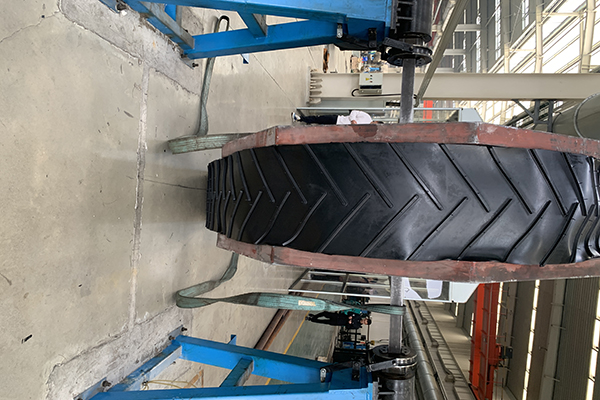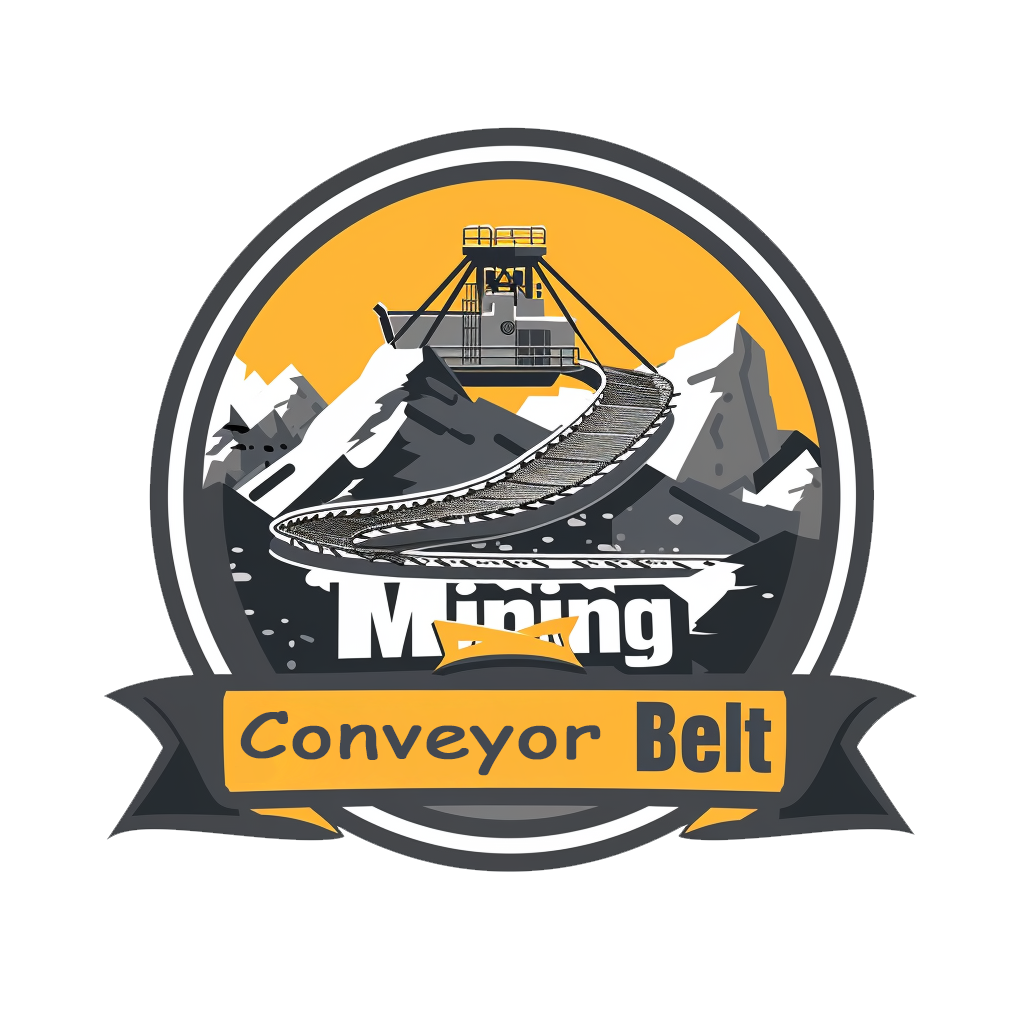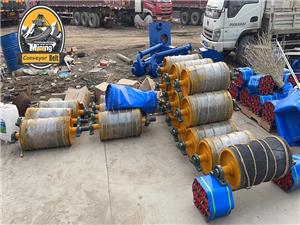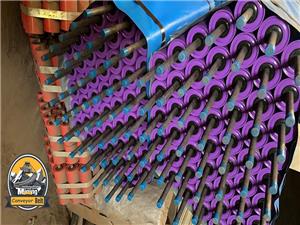Problems and solutions when using conveyor belts
The conveyor belt will stretch during use, part of which is elastic elongation, which can be restored to its original state after the external force is removed, and the other part is the elongation of the skeleton material's weaving contraction, which cannot be restored.
1. The conveyor belt will become longer after a period of use
The conveyor belt will stretch during use, part of which is elastic elongation, which can be restored to its original state after the external force is removed, and the other part is the elongation of the skeleton material's weaving contraction, which cannot be restored. Among the commonly used fabric core conveyor belts, the elongation of the EP conveyor belt is relatively small, while the elongation of the NN conveyor belt is relatively large. In addition, during use, the creep of the nylon fiber after the NN conveyor belt is relatively large, so during use, the elongation ratio increases, and because of the creep of the fiber, after the external force is removed, the amount that can be retracted is much smaller than the elongation.
2. Conveyor belt deviation
The main reasons for the deviation of the conveyor belt are as follows:
① Uneven tension during the weaving process causes one side to be loose and the other side to be tight.
② The thickness of the two sides is not the same, that is, one side is thick and the other side is thin.
③ The tension of the flame retardant belt is not uniform during the production process.
3. Correct use of conveyor belt:
① Prevent the conveyor belt from starting under load.
② If the conveyor belt deviates, timely measures should be taken to correct it.
③ Conveyor belts of different types and specifications should not be connected together for use, and the joints are best glued.
④ The type, structure, specification and number of layers of ordinary conveyor belts and special conveyor belts should be reasonably selected according to the conditions of use.
⑤ The running speed of the conveyor belt should generally not be greater than 2.5m/s. Materials with large block size and high abrasiveness and unloading devices using fixed pears should be used at a low speed as much as possible.
⑥ The relationship between the diameter of the drive roller of the roller conveyor and the conveyor belt cloth layer, the matching of the drive roller and the redirecting roller, and the requirements for the roller groove angle should be reasonably selected according to the design regulations of the conveyor.
⑦ The feeding direction should be along the running direction of the conveyor belt. In order to reduce the impact of the material on the conveyor belt when it falls, a chute should be used to reduce the material drop distance; in the material receiving section of the conveyor belt, the roller spacing should be shortened and buffer rollers should be used to prevent leakage. The conveyor belt should be in line with the use of soft and moderate baffles to prevent the baffles from being too hard and scratching the belt surface of the conveyor belt.
⑧ When the conveyor is in use, if there are missing rollers, they should be added and repaired in time; the rollers are covered by materials, causing poor rotation, to prevent leakage from being stuck between the roller and the belt, pay attention to the lubrication of the moving parts of the conveyor belt, but do not oil the conveyor belt.
⑨ Avoid the conveyor belt from being blocked by the frame, pillars or block materials, prevent it from being broken and torn. When the conveyor belt is found to be partially damaged, it should be repaired in time with artificial cotton to avoid expansion.
4. How to choose a conveyor belt:
① Accurately state the name and properties of the specific material. In particular, the particle size, temperature, whether it has acid, alkali and other corrosive and special requirements. For example, the operating temperature of the heat-resistant conveyor belt should be stated.
② Explain the specific application occasions, required specifications (width, length, number of layers, thickness, etc.), especially the operating temperature and transportation volume of the heat-resistant conveyor belt.
5. How to transport and store conveyor belts
① During transportation and storage, the conveyor belt should be kept clean and avoid direct sunlight or rain and snow, prevent contact with acids, alkalis, oils, organic solvents and other substances, and be one meter away from heating devices.
② When storing conveyor belts, the warehouse temperature should be maintained between 18-40℃, and the relative humidity should be maintained between
50-80%.
③ During the storage of conveyor belts, the products must be placed in rolls and must not be folded. The conveyor belts should be turned over once every season.





